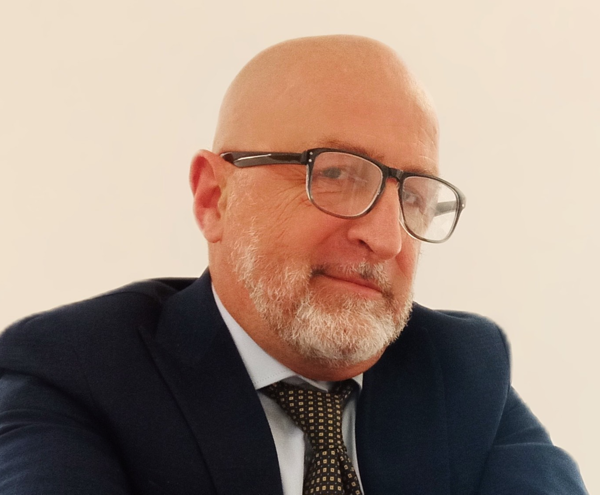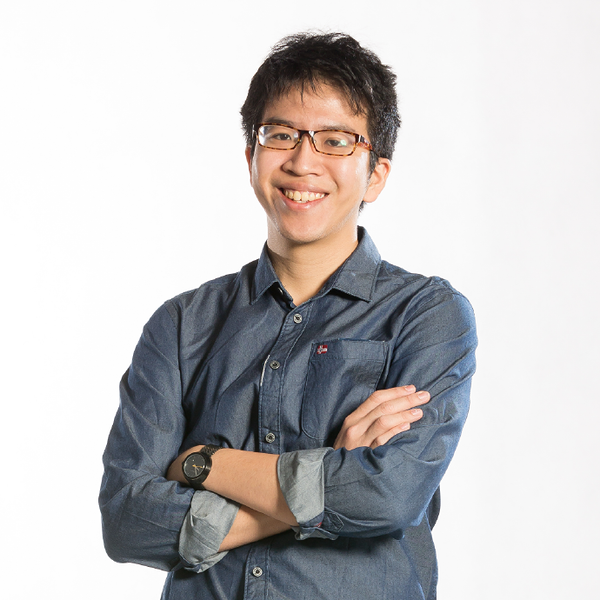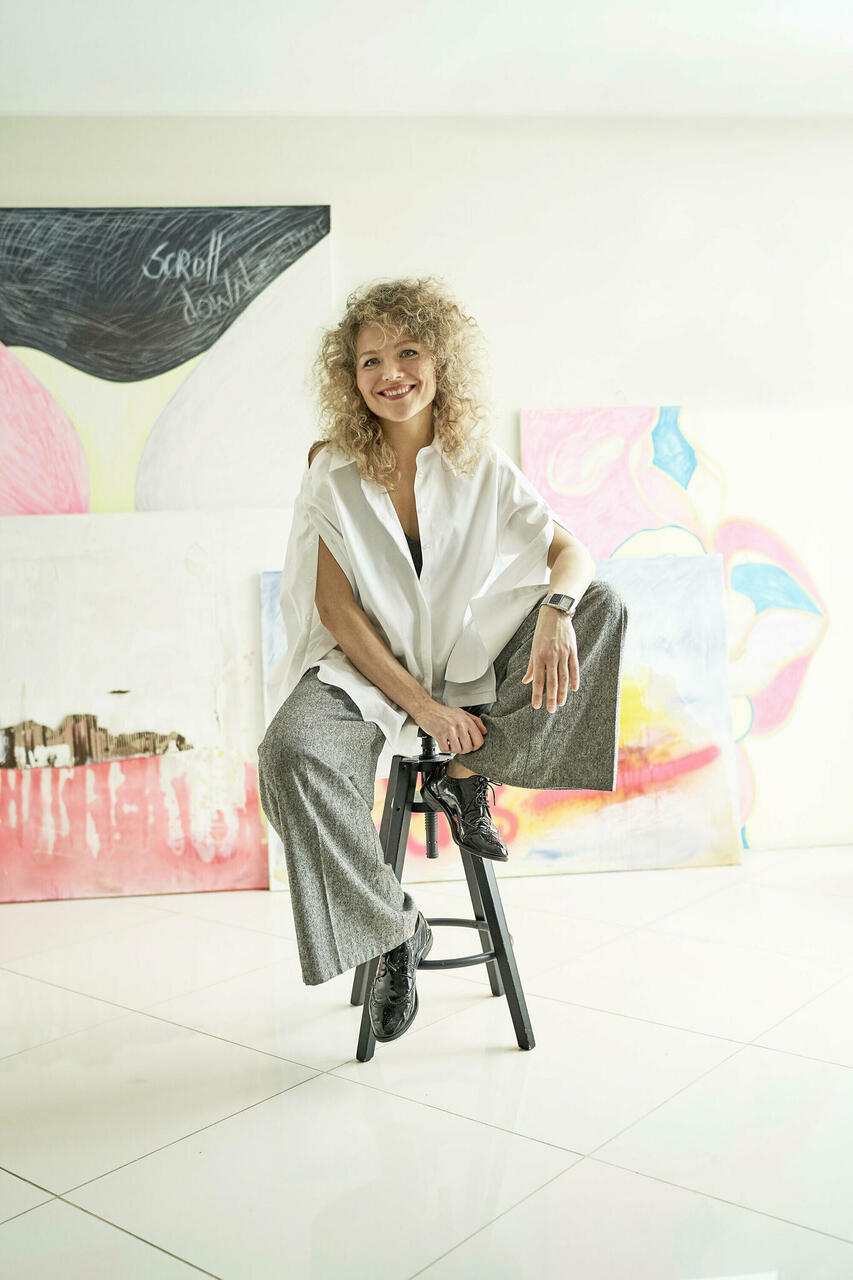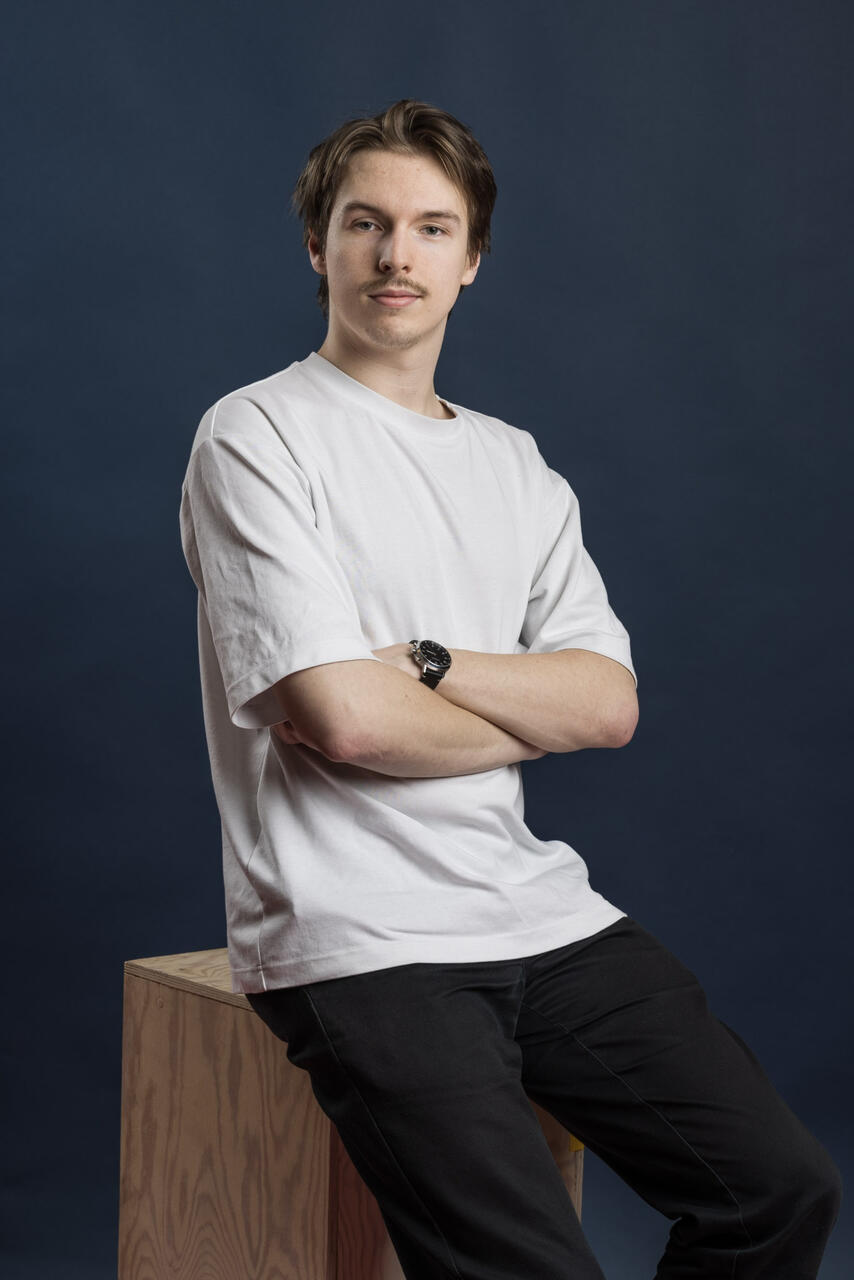Who are this year's conference speakers and what topics will they discuss?
International Conference "DESIGN 4.0. AI: Industrial (un)employment?"
Thu 21.09.2023 at 11:00—17:00
Price 49 € (lunch included) / free for EAD members
@ Kasvuhoone / Design 2, Krulli Quarter
Register HERE!
This year's Tallinn Design Festival conference will feature discussions on the rapid development and deployment of AI. Among other things, the conference discussions will predict the impact of AI on the design sector, weigh up the pros and cons, and offer practical advice. Society is expected to gradually embrace the changes, which will also be reflected in the economy and everyday life. Where will designers stand and how will they embrace the new era?
Do the new times call for innovative designers? What is Design 4.0? Can designers compete with artificial intelligence? Are designers at risk of unemployment? Can digital culture also help reduce our environmental footprint?
These and many other questions
will be answered by Estonian and international experts Surya Vanka (USA), Carlo Branzaglia (Italy), Darren Yeo (Singapore), Xenia
Joost (Estonia), Haeun Kim
(South-Korea), Hugo Jonasson (Sweden)
and Jaan Aru (Estonia).
Conference schedule
10.45 Gathering with coffee
11.00 Introduction
Ilona Gurjanova (EST)
Founder and Main Organiser of the Tallinn Design Festival / President of Estonian Association of Designers / Designer / Curator
11.15 Design & AI: The Next Oppenheimer Moment?
Surya Vanka (USA)
Industrial and Digital Designer / Founder of Authentic & DesignSwarms / Director of the Industrial Designers Society of America / President of the Seattle Design Festival / Fellow at the Center for Advanced Study / Director of UX at Microsoft
12.00 Design and AI. Evidence based practice / practice based evidence
Carlo Branzaglia (ITA)
Ambassador of the Postgraduate School, IED Milan / Member of ADI Board of Director / Teacher at the Academy of Fine Arts Bologna
12.30 Design 4.0: Leading Design in the New Industry
Darren Yeo (SGP)
Practitioner in Design Innovation & Design Thinking / MSc in Innovation, Entrepreneurship and Management / BA (Hons.) in Industrial Design
13.00 Lunch
14.00 Sustainable Fashion in the Digital Age: Embracing Design 4.0
Xenia Joost (EST)
Artist / Fashion Designer / BA & MA in Fashion Design at the Estonian Academy of Arts / Digital Tech / Sustainability & Inclusivity
14.30 Craft 2.0 - Collaboration with Artificial Intelligence
Haeon Kim (ROK)
Interdisciplinary Designer / Product Design at ArtCenter College of Design in LA / MA at the Estonian Academy of Arts
15.00 AI in the Industrial Design Process - A Short Case Study
Hugo Jonasson (SWE)
BA in Product Development / MA in Industrial Design / Exploring both New and Old Technologies
15.30 Creativity in the age of Artificial Intelligence
Jaan Aru (EST)
Associate Professor at the University of Tartu / Neuroscience / Author of over 40 international scientific articles and two national bestsellers / Recipient of Young Scientist Prize
16.15 Panel
17.00 End of Conference
Surya Vanka
suryavanka.com/ Instagam / LinkedIn
When I am working on a problem, I never think about beauty but when I have finished, if the solution is not beautiful, I know it is wrong. These words from Bucky Fuller inspire me.
Surya Vanka is an awarded industrial and digital designer, author, teacher passionate about technology and dedicated to social justice. He founded Authentic, a design studio with the mission to unleash the design thinker in everyone. He created DesignSwarms, a collective design method that is widely used in nonprofits, enterprises, startups, and education globally. Surya serves as the director of the Industrial Designers Society of America and he has held diverse roles including director of user experience at Microsoft, tenured design professor at the University of Illinois, President of the Seattle Design Festival, and fellow at the Center for Advanced Study.
Design & AI: The Next Oppenheimer Moment?
AI has evolved from future science fiction to
present reality. With its great power, it brings new dangers and ethical
challenges. During the talk, Surya will show how designers can have a key role
in shaping the future of AI as a force for good that elevates society,
augmenting human abilities, not replacing them.
Carlo Branzaglia
Good design enables, bad design disables. (Paul Hogan)
Carlo Branzaglia (born in Cesena, 1962) is the Ambassador of the Postgraduate School in IED Milano. He teaches at the Academy of Fine Arts in Bologna where he has been the Coordinator of Design Center Bologna and the Department of Design and Applied Arts. Carlo has given lectures and speeches in Italian and foreign universities; and written several books. He holds a position in the Board of Directors of ADI Associazione Disegno Industriale and in the Scientific Committee of Cirulli Foundation. He has been Italian Design Ambassador three times (2018 in Ankara; 2019 in Minsk and 2022 in Zagreb)
Design and AI. Evidence based practice / Practice based evidence
Can the relationship between data and experience be a central element in the design methodology? Can design work on data setting to avoid bias and stereotypes in the use of AI? Again: can design influence the operational program generated by AI? And finally: can design facilitate the development of a connective network of knowledge supported by AI? Right now the questions on the subject remain plenty and varied. We need practice to find the answers.
Darren Yeo
Being on a journey of design thinking prompted me to rethink what design will be in the next 10 years. It has also led me to redesign thinking by having different perspectives through creative means.
Darren Yeo is a practitioner in design innovation with a decade of experience in design thinking, lean startups, and user experience. He is currently exploring the future of integrated experiences in built environments. Holds a MSc in Innovation, Entrepreneurship and Management and a BA(Hons.) in Industrial Design.
Design 4.0: Leading Design in the New Industry
Is there a need for designers to up their skills and knowledge in the new industrial revolution? Yes, but it comes with its own set of challenges. The lecture will provide a case for why designers need to adapt to new changes, and practical steps to make the first moves.
Xenia Joost
xeniajoost.com/en / Instagram / Facebook
As a designer, my principle is to solve, not create problems, and my journey is driven by the aim to inspire positive change and make a meaningful impact through my creative endeavors.
Xenia Joost, an artist and a fashion designer, holds a BA & MA in Fashion Design from Estonian Academy of Arts. Her creative horizons expand with digital tech. Passionate about sustainability and inclusivity, her boundary-pushing works blend art and fashion.
Sustainable Fashion in the Digital Age: Embracing Design 4.0
In my lecture "Sustainable Fashion in the Digital Age: Embracing Design 4.0", I'll explore how cutting-edge technology, like AI and virtual reality, merges with sustainable practices, driving creative and eco-conscious solutions that shape the future of fashion.
Haeun Kim
Having Fun is part of "Fun"ction! Not all design in the world has to be serious with smart-dude-sound like description.
Haeun Kim, an interdisciplinary designer, focuses on everyday objects. She studied product design at ArtCenter College of Design in Los Angeles, worked as an industrial designer in the US, and recently finished her Master's at the Estonian Academy of Arts in Tallinn.
Craft 2.0 - Collaboration with Artificial Intelligence
The lecture is to share the experience of working with Artificial Intelligence, as well as to look at the different aspects of AI in regards to the creative process. It aims to share different AI-Designer collaborative modes and discuss what the opportunities and issues are for the creative people.
Hugo
Jonasson
behance.net/hugojonasson / LinkedIn
Design is not just about making things look good, or making functional products. It's about combining those aspects with human emotions, needs and desires.
Hugo Jonasson is a designer based in Gothenburg, located on the west coast of Sweden. With a Bachelor's in Product Development and a Master's in Industrial Design, Hugo aims to explore both new and old technology. With a passion for visuals, it is all about making design both captivating and functional, and presenting the product in the best possible light.
AI in the Industrial Design Process - A Short Case Study
This lecture covers the subject and impact of utilizing artificial intelligence tools for image generation in the process for industrial design. AI toolbox is used to restructure design processes into new process guidelines that use these tools as a central part of the process. The case study derived from this will also be covered.
Jaan Aru
Inspire and motivate
Jaan Aru is an associate professor at the University of Tartu studying creativity, neuroscience, artificial intelligence, and the effect of technology on the human mind. He has published over 40 international scientific articles and two national bestsellers. For his efforts in popularizing science, he has received the national science communication prize in Estonia, twice. In 2019 he received the Young Scientist Prize from the President of Estonia. He has given more than two hundred popular scientific talks to companies, schools, government organizations, and the general public.
Creativity in the age of Artificial Intelligence
Is generative AI, such as ChatGPT, Dall-E2, Midjourney etc, closing in on human intelligence? Are these systems as creative or even more creative than humans? What is creativity and how to best understand it? I will argue that there are important aspects of creativity that are not captured by generative AI. Then the question becomes how to make the best use of these tools. What will be the effect of such AI technologies on children and the educational system?
_block.jpg)





%20-%20Jaan%20Aru_large.jpg)